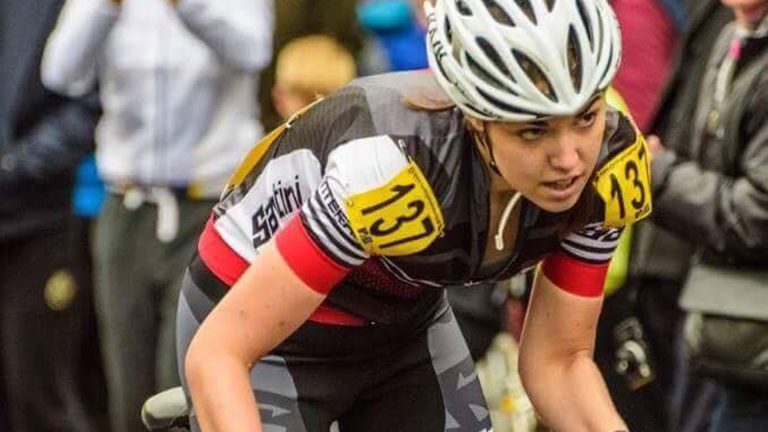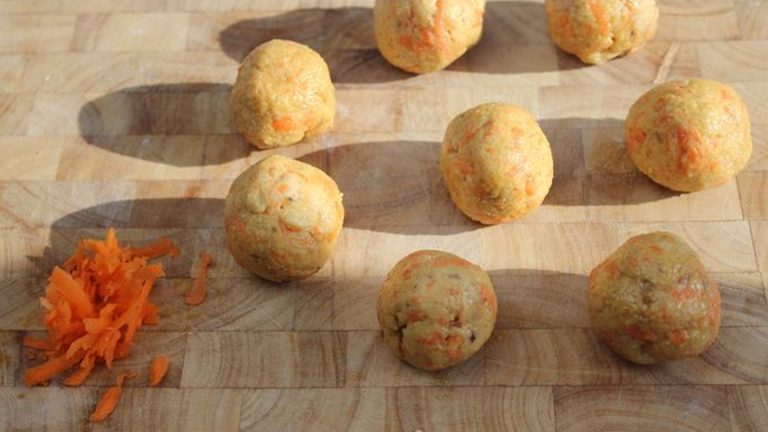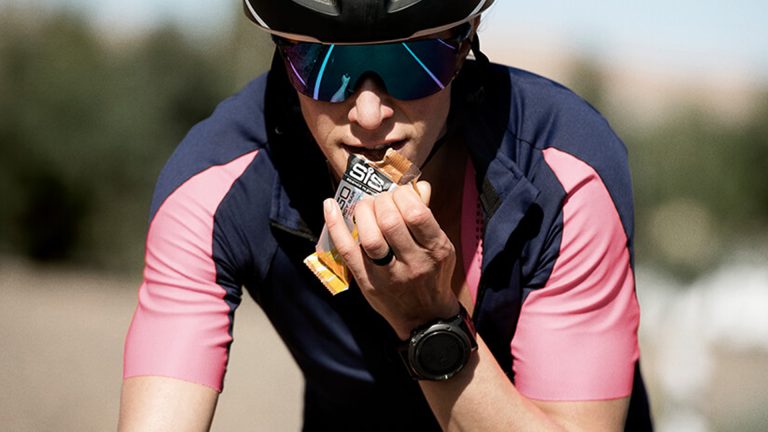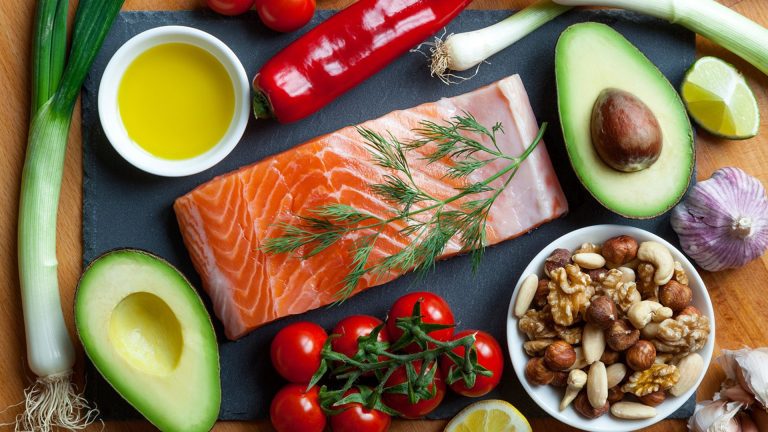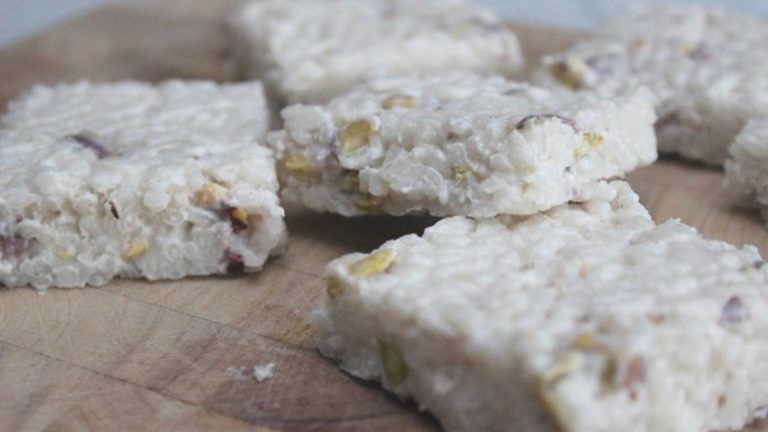Part one of our series showing you key yoga postures to tackle your cycle sore muscles and to build strength where you need it.
OK so first off let’s make it clear. The physical practice of yoga is undertaken in order to prepare the body and the mind for meditation. To do this we use our breath to control the flow of prana – life force – around the body, directing it to where we need it, unblocking areas of our physical bodies which are holding us back by not allowing our energy to flow.
So when doing any asana (physical yoga posture) make sure you breathe. Your breath makes it yoga. Without it, you are just stretching. Which is absolutely fine. But the mental benefits and strength gained from stilling your mind and focusing on your breath are immense and will help you tackle the psychological aspects of your cycling no end.
Sermon over. Let’s begin.
Warm up:
Tadasana: Mountain Pose
Stand with your feet in a position that makes you feel completely stable. For some of us, this will be almost hip width apart. For others you may like having your big toes touching, heels slightly apart. Personally I like to have my feet a fist’s width apart. Experiment. The key is to feel strong and stable.

Push the floor away with your feet. Keep a slight bend in your knees and have your weight distributed such as if you were in an elevator that had suddenly dropped – your knees should have a slight bend but your torso remains vertical to the floor. You tailbone is gently curling into your body which elongates you spine. Your spine is long through your neck almost as if a cord was pulling the crown of your head upwards. Your torso is engaged – there’s no curving of your lumbar spine. Shoulders down away from ears, arms and hands by your sides but activated – there’s energy in your palms. Gaze is gently forwards. Breathe. Feel grounded.
Uttanasana: Standing forward bend
From tadasana, inhale and as you exhale bend your knees and fold at the hips taking your torso towards your thighs. Keep your weight in the front pads of your feet and in your toes. You want a nice juicy bend in your legs so the stretch goes into the belly of your hamstring. If your hamstrings are tight but you keep your legs straight all you will do is damage your lower back.

You have options with your arms: either place fingertips on the floor, catch opposite elbows with your hands above your head to add a bit of traction; or hold opposite elbows with your arms behind your thighs. Again, experiment. Do what feels right at the time you are practicing. Breathe. Allow your breath and gravity to deepen the stretch gradually.
Chandrasana: Standing side bend
Inhale and release your arms then take an exhale. Inhale as you roll your body up vertebra by vertebra, keeping your shoulders and head heavy and the last things to be stacked. You’re back in tadasana.

From here take an inhale and raise your arms above your head, interlace all your fingers except for your two forefingers and thumbs which form almost a gun shape. Drop your shoulders away from your ears. If you find this is strong for your shoulders then bend your elbows. Take an inhale and drop your torso over to the right as you exhale. Gently push your left hip out to the left.
The bend is at your waist and try to keep your entire body aligned as if it were between two panes of glass, so try not to allow your pelvis to roll forwards or back. Take another inhale and as you exhale drop a little deeper. Breathe into your left side waist. Inhale and come back up to centre. Exhale. Inhale. Exhale and drop over to the left. Same again on that side. Inhale and come back up to centre. Drop your arms. Tadasana.
Neck stretch
Keep tadasana with your body. Inhale and as you exhale drop your right ear to your right shoulder. Breathe. Inhale come back up. Exhale and repeat on the left. Inhale come back up. Drop your chin to your chest. Inhale here and then as you exhale gently roll your right ear towards your right shoulder, keeping your chin towards your chest. Inhale come back up. Exhale repeat on the other side.
Cat/cow
Come to all fours. Check your alignment and make sure your shoulders are over elbows, elbows over wrists, your hips are over your knees and your toes are untucked. Activate your torso to create a neutral spine. This doesn’t necessarily mean a straight one – we’re all built differently. The key is not to be forcing your spine into a position that isn’t natural.

As you inhale allow your tailbone to move towards the sky, dropping your belly towards the ground, rolling your shoulders back, really pushing through your arms and hands and gazing upwards. This is cow.

As you exhale, lead with your tailbone by dropping it towards the ground, rounding your upper spine and dropping your head towards the floor. Again, push through your arms to help round your spine. Inhale repeat to find cow. Always lead with your tailbone, not your spine. This sequence always should be done with the breath, gently activating the spine and shoulders through fluid movement. Go as fast or as slow as your breath warrants but try and keep your exhales and inhales the same length through your nose.
Balasana: Child’s pose
Spread your knees wide, perhaps as wide as your yoga mat if you’re using one, take your hips back towards your ankles, place your forward on the floor and place your arms gently on the floor above your head so there’s a bend in your elbows and your forearms rest on the floor. If you need to release your shoulders take your hands down by your sides, palms facing upwards.

If your hips are tight and you have trouble getting your butt on your heels, you may want to place a blanket or a some cushions on your calves so you rest your butt on those. Stay in child’s pose for three minutes. Breathe into your upper back, feel some space across your shoulders. Allow your hips to sink.
You are ready for stage two next week!

